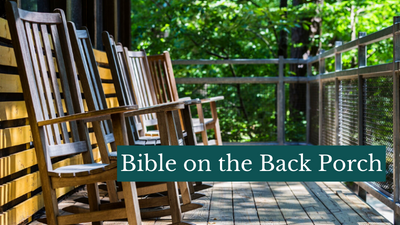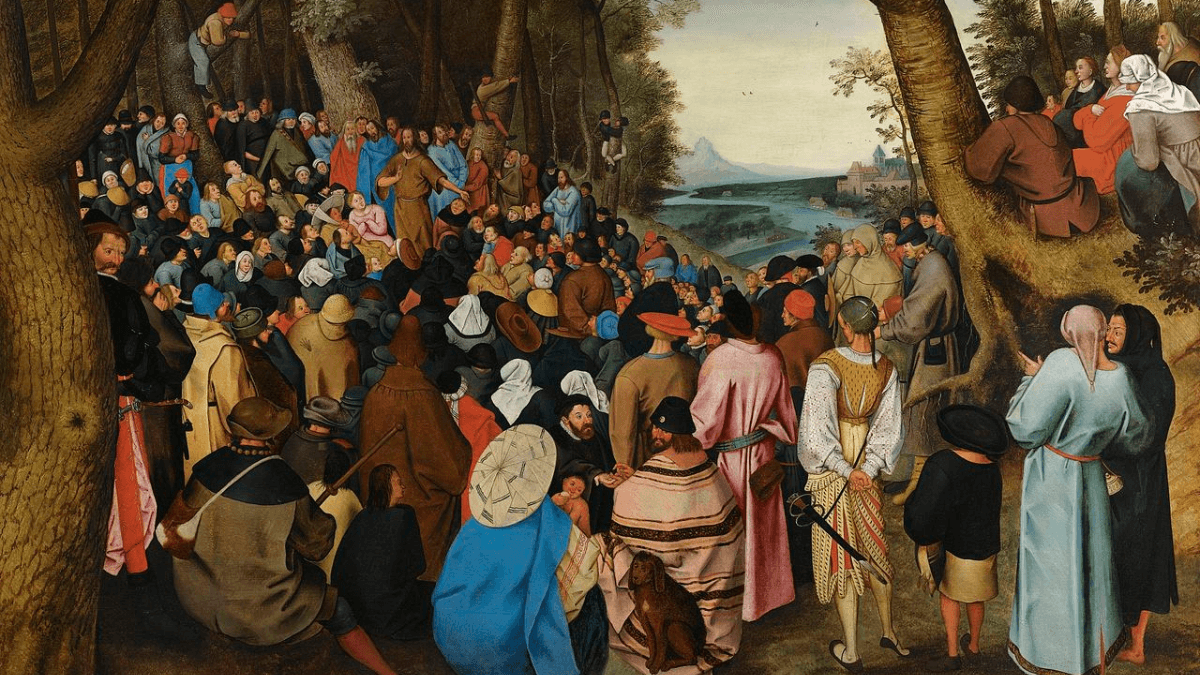On the Back Porch

The 2nd Sunday of Ordinary Time, Year B

What We Celebrate
Each year in the Lectionary Cycle (A: Matthew; B:Mark; C:Luke) the gospel for the 2nd Sunday in Ordinary Time is taken from the first chapter of the Gospel according to John. The purpose for this is essentially the same – following the baptism of the Lord, which reveals the relationship of the Father to the Son and to the Holy Spirit – this week’s gospel reveals the relationship of Jesus to the disciples. And perhaps no one does so more robustly than the Fourth Evangelist.
The fourth Gospel is a book of “signs;” namely things, events, and people who point to something else. Such “intermediaries” are generally necessary in this gospel in order to come to faith. Even Jesus is a type of intermediary as the logos – the “Word” or “Revealer” of God. The theme and purpose of the “signage” becomes clear in John 20:31 – “But these are written that you may (come to) believe that Jesus is the Messiah, the Son of God, and that through this belief you may have life in his name.” This gospel itself is a “sign” to point us to the Messiah, who is a “sign” who points us to God. As O’Day (524) states about this gospel: “… the story of Jesus is not ultimately a story about Jesus; it is, in fact, the story of God.” It is to this that John testifies: “Now I have seen and testified that he is the Son of God.”
There is a lot more to this gospel. Sit with it for a moment on the back porch.
Full Text of the Sunday Readings
Detailed Commentary on the Gospel
Saint John the Baptist Preaching to the Masses in the Wilderness | Source: Wikimedia | Artist: Pieter Brueghel the Younger (1564–1638) | Galerie de Jonckheere, Paris | PD-US
The Lamb of God
When the Jewish people were slaves in Egypt, they were liberated by God through Moses in the Exodus. Egypt did not want to free the slaves, so God sent a series of plagues to convince the Pharaoh to let the Jewish people go. The last of these plagues was the death of every firstborn male (Ex. 11:1–12:36). The Jewish people were spared from this plague by marking their doors with the blood of an unblemished lamb that God had commanded them to eat (Ex. 12:3-13). The blood of this lamb saved the Jewish people from the plague of death and resulted in their liberation from slavery.
Similarly, the death of Jesus saves us from eternal death and slavery to sin. This connection was foreseen by the prophet Isaiah who spoke of the Messiah as a sacrificial lamb (Is. 53:7) and John the Baptist who foretold the saving death of Jesus by calling him the Lamb of God (John 1:29). The author of the Gospel of John employs this imagery by stating that Jesus was sentenced to death at the same hour that the Passover lambs were being slaughtered (John 19:14) and by pointing out that none of his bones were broken (John 19:36), the same as the Passover lamb’s bones were not to be broken (Ex. 12:46).
Every time the Eucharist is celebrated, we believe that Calvary is mysteriously made present in our midst. We recognize the mystery of our faith by proclaiming the Lamb of God (Jesus) made present under the appearances of bread and wine.